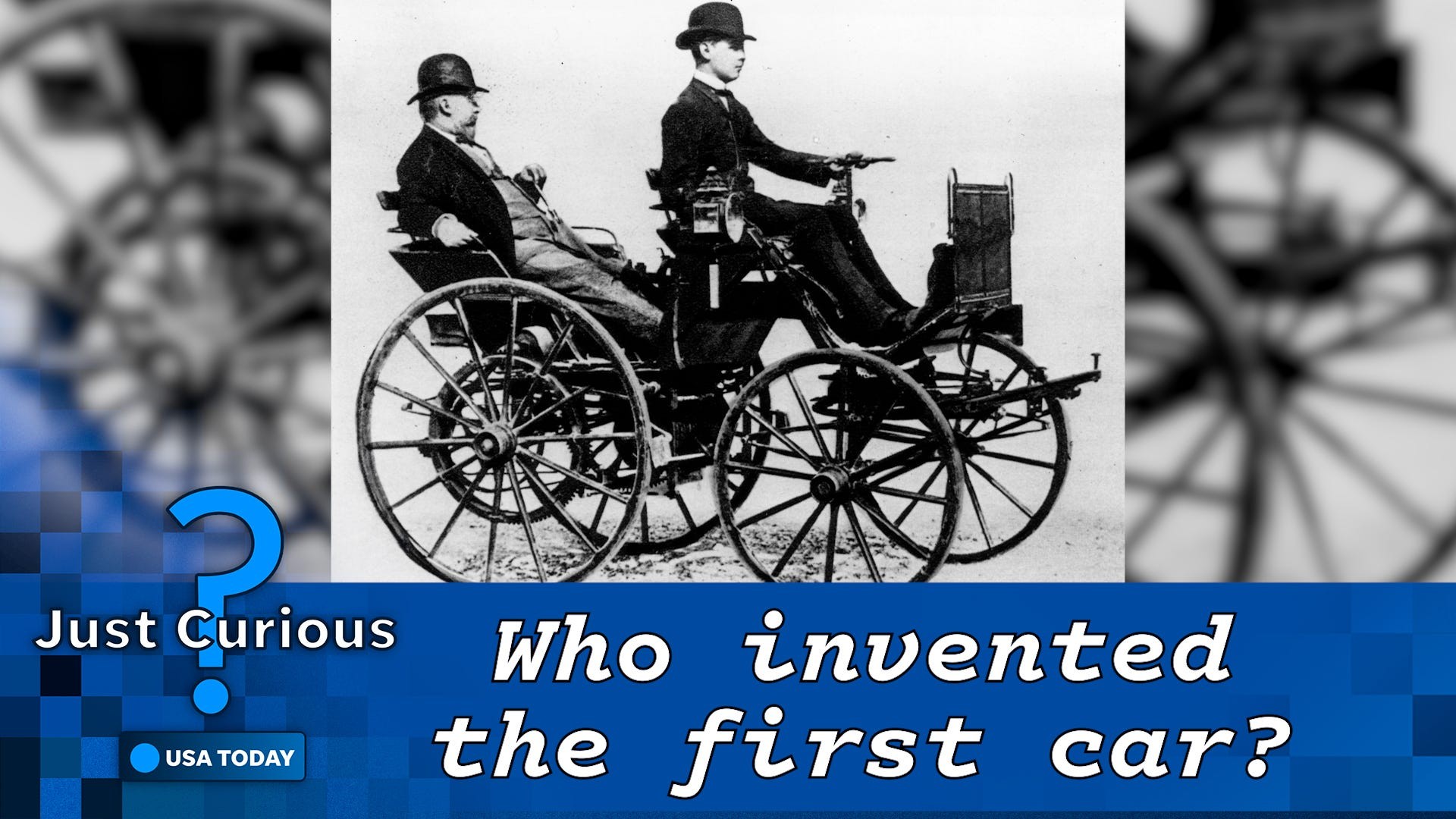Cars have become indispensable to modern life, with millions on roads worldwide. In the United States alone, the number of registered vehicles soared to over 278 million in 2021. From electric vehicles to powerful trucks, the variety is immense, yet all cars share a common origin story. Let’s delve into the history of the automobile and discover when cars were truly invented.
The Benz Patent Motorwagen: The Birth of the Modern Car (1886)
The year 1886 is pivotal in automotive history, marking the creation of the Benz Patent Motorwagen. This three-wheeled vehicle, developed by Karl Benz, is widely recognized as the first modern automobile.
On January 29, 1886, Benz solidified his invention by applying for a patent for his “vehicle powered by a gas engine.” This patent is often hailed as “the birth certificate of the automobile,” signifying the official dawn of the car era. The Benz Patent Motor Car, model No. 1, soon made its public debut, powered by an internal combustion engine. Its design featured three wheels and a four-cycle engine, with the engine and chassis integrated as a single unit.
Early Automotive Pioneers: Beyond Benz
While Karl Benz is celebrated for his groundbreaking invention, the history of the automobile is richer and more complex than a single inventor. Various forms of self-propelled vehicles predated and followed Benz’s creation, each contributing to the evolution of the car.
Even centuries before Benz, visionary inventor Leonardo da Vinci sketched designs for transport vehicles in the 15th century, demonstrating early conceptualization of mechanized movement.
In 1769, Nicolas-Joseph Cugnot built the first self-propelled road vehicle powered by steam, marking a significant step towards automated transportation. Later, Robert Anderson invented the first electric carriage, showcasing an alternative to steam power.
In 1886, concurrently with Benz’s work, Gottlieb Daimler and Wilhelm Maybach developed the Cannstatt-Daimler. This vehicle was the first four-wheeled automobile powered by a four-stroke gasoline engine. Wilhelm Maybach further refined automotive design, creating the Mercedes in 1901, which many consider the “first modern motorcar in all essentials.”
America’s First Gasoline Car: The Duryea Brothers
The automotive revolution also took hold in America. In 1893, brothers J. Frank and Charles Duryea invented the first successful American gasoline automobile. Their vehicle achieved prominence by winning the first American car race in 1895, further propelling the popularity and development of automobiles in the United States.
Conclusion: A Collaborative Invention
Determining precisely “when cars were invented” reveals a fascinating journey of innovation. While 1886 and the Benz Patent Motorwagen stand as a crucial milestone, the automobile is not the product of a single moment or individual. It is the result of contributions from numerous inventors across different eras and countries, each building upon previous ideas and technologies. From steam-powered vehicles to electric carriages and gasoline engines, the evolution of the car is a testament to human ingenuity and collaboration, paving the way for the diverse and advanced vehicles we use today.
